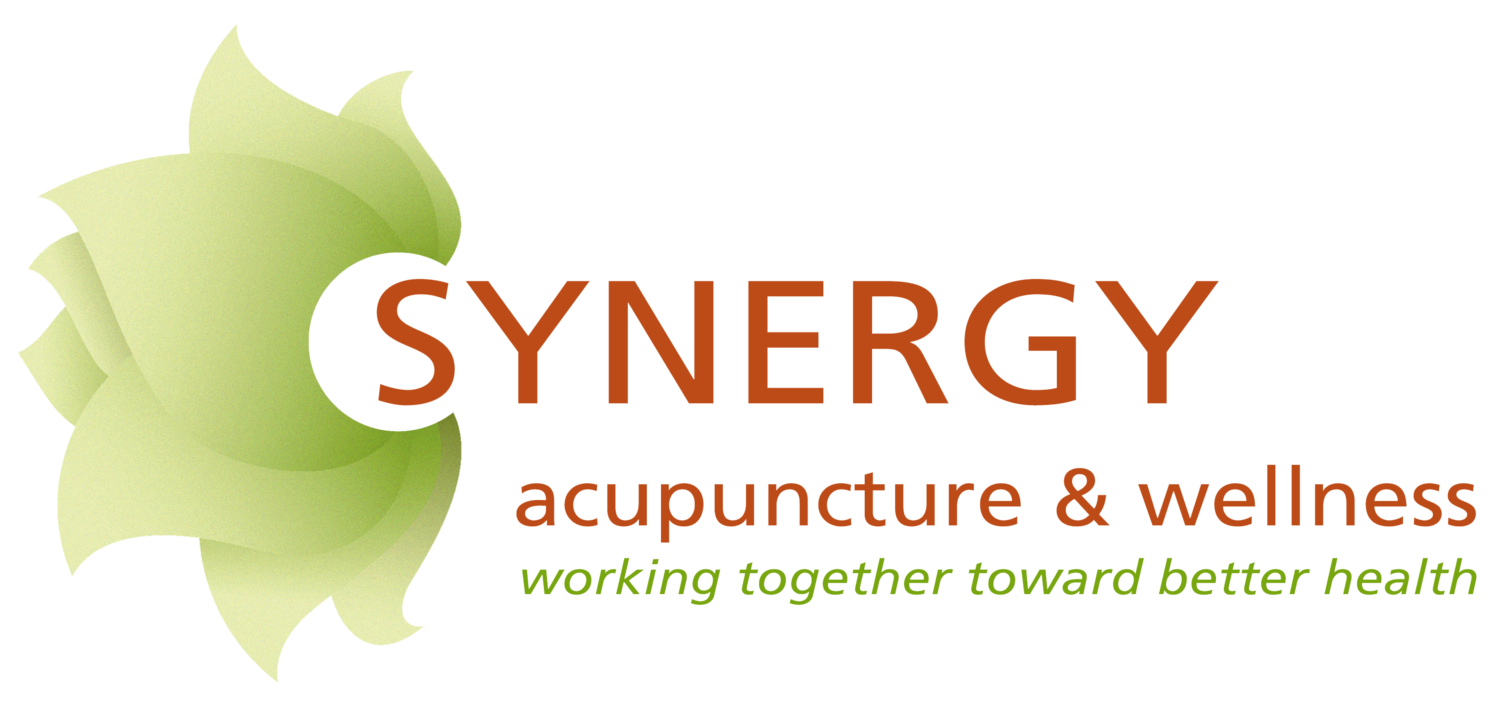Some round purplish marks seem to be causing quite a stir at the current Olympic games, especially here in the US since Michael Phelps’s most recent gold medal swim. Many other members of Team USA also are sporting spots. No, I’m not talking about some new, strange mosquito born illness. Those purple marks are the therapeutic result of a technique called cupping. The best part? You don’t have to be an elite athlete to experience the benefits yourself. So, you may be wondering, what is it, how does it work and how could it help you?
What is it?
All of the buzz about cupping now may make it seem like it is just the most recent athletic fads or superstition-motivated craze. Not only has cupping been visible at prior Olympic games, but cupping is an ancient technique, thousands of years old primarily originating in Asia. However, people from many countries may recognize it as a familiar home remedy employed by their grandmothers for any number of ailments.
There are several forms of cupping: Dry, Wet, Stationary and Sliding. All forms involve the use of a cup made of glass or silicon and the application of suction to the parts of the body being treated. In any of those cases, suction will be generated by the removal of air between the skin and the cup. This can be done using a flame, a hand operated suction pump or by compressing a flexible cup causing the air to escape. It is common for some bruising to occur at the site being treated. The degree of bruising can vary from slightly pink to the dark bruising seen on Michael Phelps. On average, the bruising will resolve within a handful of days, but especially dark marks can take a week to 10 days to fully disappear.
Dry versus Wet cupping: Dry cupping is the most commonly employed technique. Dry cupping simply involves the application of the cup and suction. Wet cupping involves the additional step of pricking the skin with a small needle in the affected area and then applying the cup over those small pricks. The suction can then result in the drawing of small amounts of blood from the body.
Stationary versus Sliding cupping: Most of the pictures shown in the media of athletes or stars such as Gwenyth Paltrow or Jennifer Aniston sporting cup marks are those that result from stationary cupping. After they are applied, the cups remain in the same place. This results in perfectly circular marks. Sliding cups involve the addition of a lubricant to the skin prior to the application of the cups and suction. This technique can be seen in the Under Armour ad featuring Michael Phelps. Once the cups are applied, they are then moved along the skin, allowing larger, connected muscle groups to be treated. Sliding cups can result in bruising that appears as strips rather than circles.
How does it work?
There are a few ways to think about how cupping works and what it is intended to do. Thousands of years ago, the internal physical makeup and functioning of the body was poorly understood. Pain was believed to be the result of stagnation of qi and/or blood. The purpose of cupping is to aid the movement of qi and blood that are “stuck” in the body. In the elite athletes or the weekend warrior, muscles which become over-worked or strained will get tight and painful. Tension in the tissue impedes the natural passage of blood and lymph through the muscles. This tension can also put pressure on sensitive nerves resulting in pain. Massage works on loosening tight muscles using pressing and stretching techniques. Cups stretch muscles as well, but the suction allows the muscle to be stretched outward. The suction also brings blood to the area to help clear out built up waste products and aiding in healing. It is important to state that cupping is often not a stand-alone therapy. It is a useful tool which along with massage, heat, stretching and acupuncture can loosen tight muscles and relieve the pain and discomfort they can cause.
How can it help?
Some of the media reporting on Olympians and cupping suggest it may be a placebo effect or just another fad. But despite only a few scientific studies exploring cupping, many people are letting their own personal results speak for themselves. People commonly come in for treatment of back and shoulder issues. Sometimes these problems have been long standing and have not been fully resolved by stretching, heat, massage, ice or anything else that’s been tried.
One example of this is actually the husband of a patient I had been seeing for some time. He had been a student athlete and as such had persistent issues in his back and shoulders. This resulted in years of limited range of motion, stiffness and pain. In the past he had bee rather shocked at the sight of some cupping marks she came home with and seemed skeptical that it was helpful. However, after a few years of nudging and wifely suggesting, he finally decided to give it a try. During his first treatment I used both sliding and stationary cups to loosen muscles that had been tight for so long, it was as if they had forgotten how to relax. When the treatment was finished I asked him how he felt and the first thing he said was “Wow.” “Is that good wow, or bad wow” I asked. His reply, “I didn’t think my shoulders could ever feel this loose again.”
So you may be thinking, Sure, but would it help me? The answer to that can best be addressed by talking with your friendly neighborhood acupuncturist to determine what would be the best approach for you.
You may not want to copy all of Michael Phelps’s training diet or regimen, but you can certainly benefit from this very accessible treatment to keep you at the top of your game.









